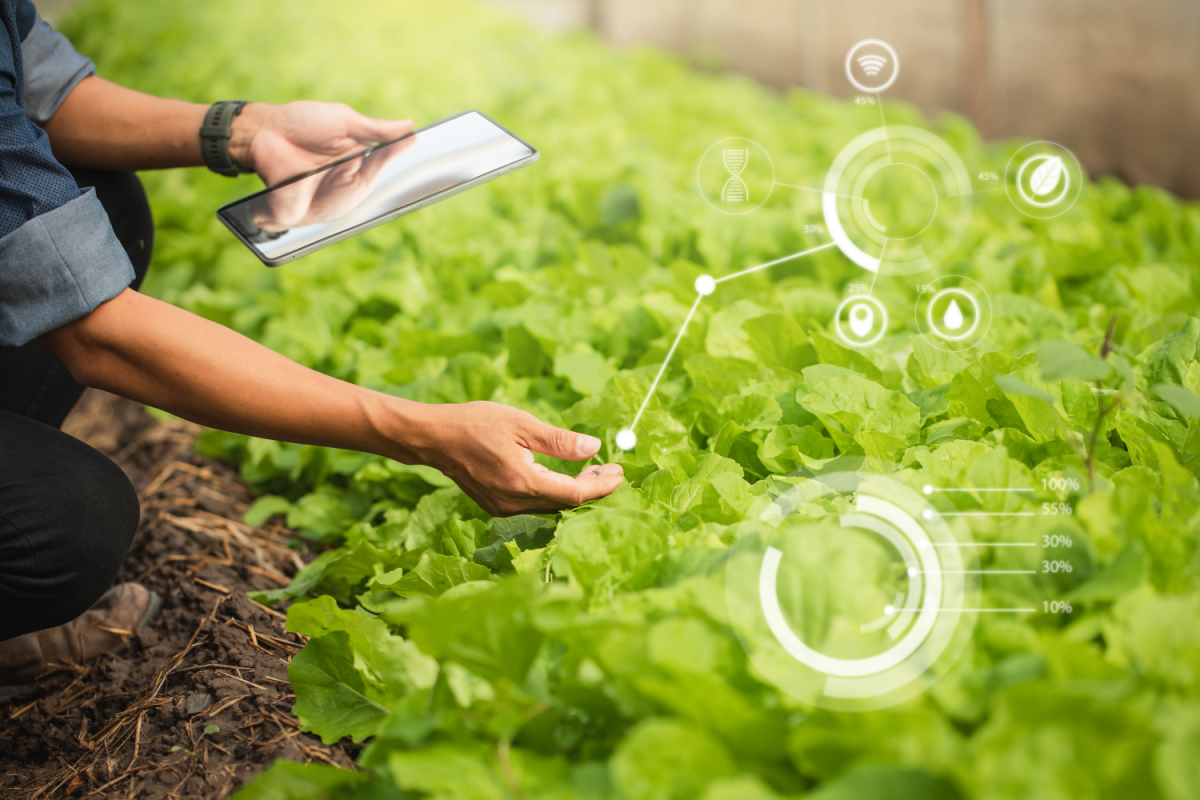Cultivated meat company Steakholder Foods, previously known as MeaTech 3D, will showcase its 3D bioprinting capabilities at the upcoming Future Food-Tech Summit in London by letting visitors print their own steaks. The Israeli food tech company is hoping its 3D-printed steaks will allow it to stand out among the 600 innovators, global food brands, ingredient providers and investors at the event.
To create the true taste, texture and mouthfeel of traditional steak, the company uses a special process that combines cell cultivation with 3D bioprinting. Steakholder Foods’ powerful 3D bioprinting can produce structured meat with any muscle-to-fat ratio at an industrial scale, with finely tuned precision, and it doesn’t just focus on steak.
Steakholder’s other offerings include cultured pork, chicken, fish and seafood. Along with structured products, the company intends to offer ground pork and pork biomass for use in hybrid products, such as meatballs. Its latest line, Omakase Beef Morsels, are inspired by the marbling standard of Wagyu beef and are comprised of multiple layers of muscle and fat tissue.
Related: Is Cell-Based Chocolate the Next Big Food Trend?
The company also recently began developing cultured pork products using a new line of induced pluripotent porcine stem cells (iPS). iPS are taken from skin or blood cells which are reprogrammed back into an embryonic-like pluripotent (i.e., immature cell) state. The new line was taken from sampled cells that went through this process. This enables one cell bank to become an unlimited and highly scalable source for developing any type of muscle or fat cells for cultured meat production.
To shorten development time for structured pork products, like bacon and ham, Steakholder Foods has partnered with a leading iPS cell line. Using a combination of cell cultivation and 3D bioprinting, Steakholder Foods is confident its lab-grown products will match the taste and texture of conventional meats. But does it stand out from the other tech companies in the space?
According to the Good Food Institute (GFI), there were 107 cultivated meat companies worldwide in 2021. Steakholder Foods, which is the only cultivated meat company that is publicly traded on the Nasdaq market, has raised a total of nearly $18 million since it was founded in 2017. The company operates in Rehovot, Israel and Antwerp, Belgium and has recently expanded activities to the US.
The company began working with beef cells, and first went public in Israel in 2019. Then it created a daughter company dedicated to creating cell-based chicken, and acquired cultivated fat producer Peace of Meat. Steakholder’s Peace of Meat subsidiary, which is currently building a cultivated fat pilot plant in Belgium, established a stable and unique line of avian cells earlier this year.
It’s not clear how long the path to potential commercialization is for Steakholder’s various cultivated meats. Of course, cultivated meat is almost entirely at the prototyping phase right now. Only one country, Singapore, has granted approval for a meat product made from cells. However, several companies are working with government officials around the world to gain regulatory approval for their cultured meat products.
For now, investors and participants can experience some of Steakholder’s pre-market offerings at the upcoming Future Food-Tech Summit from September 22 to 23.












Join or login to leave a comment
JOIN LOGIN